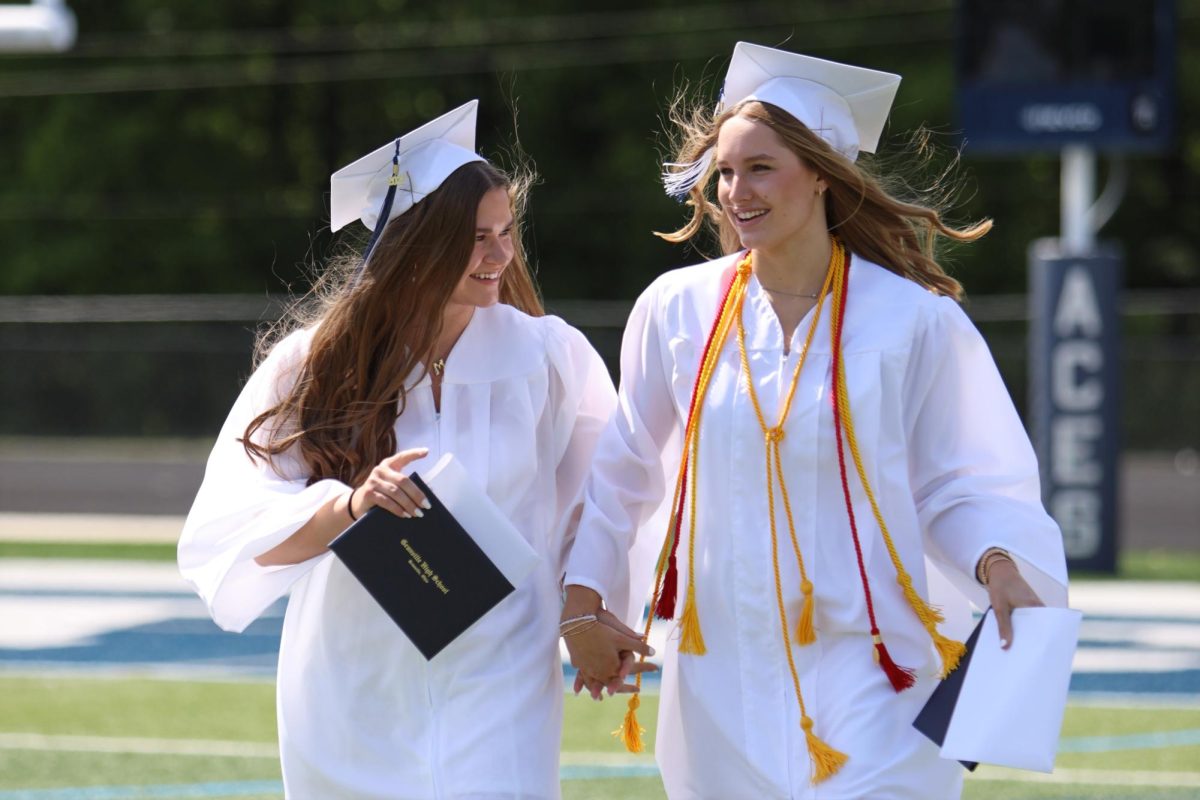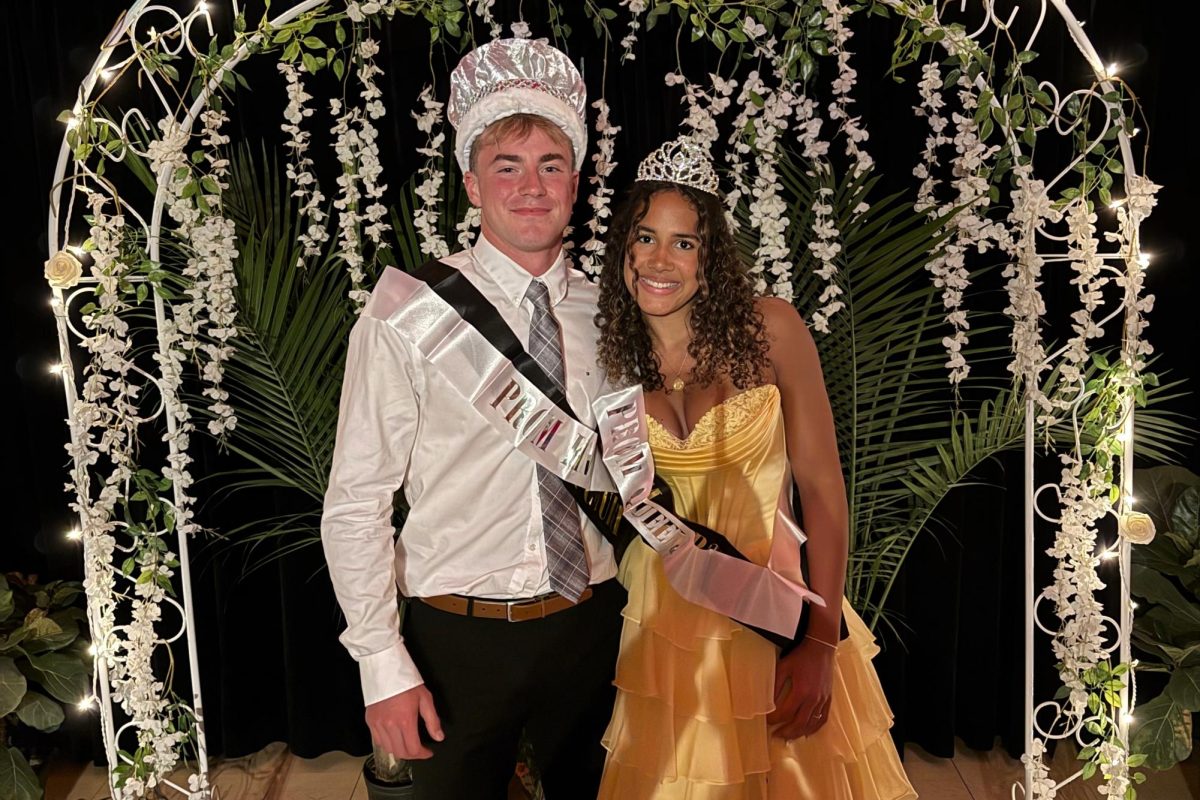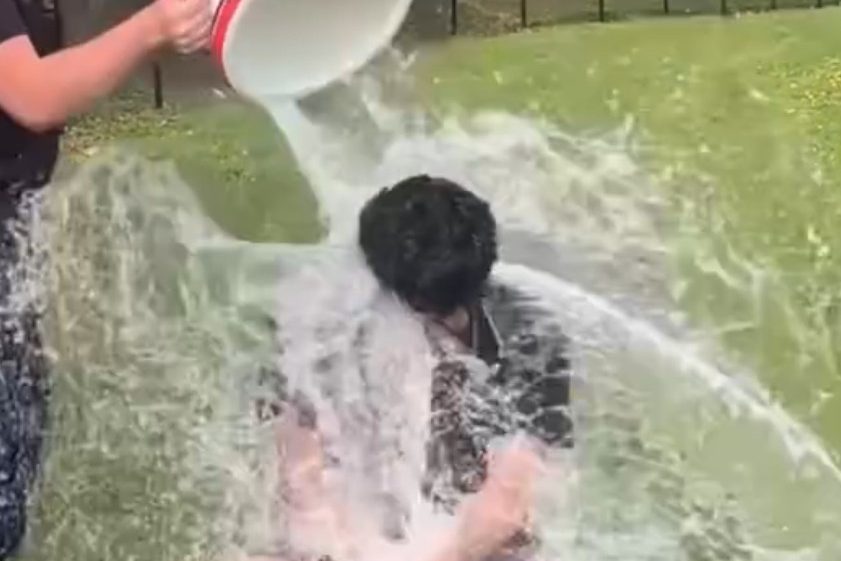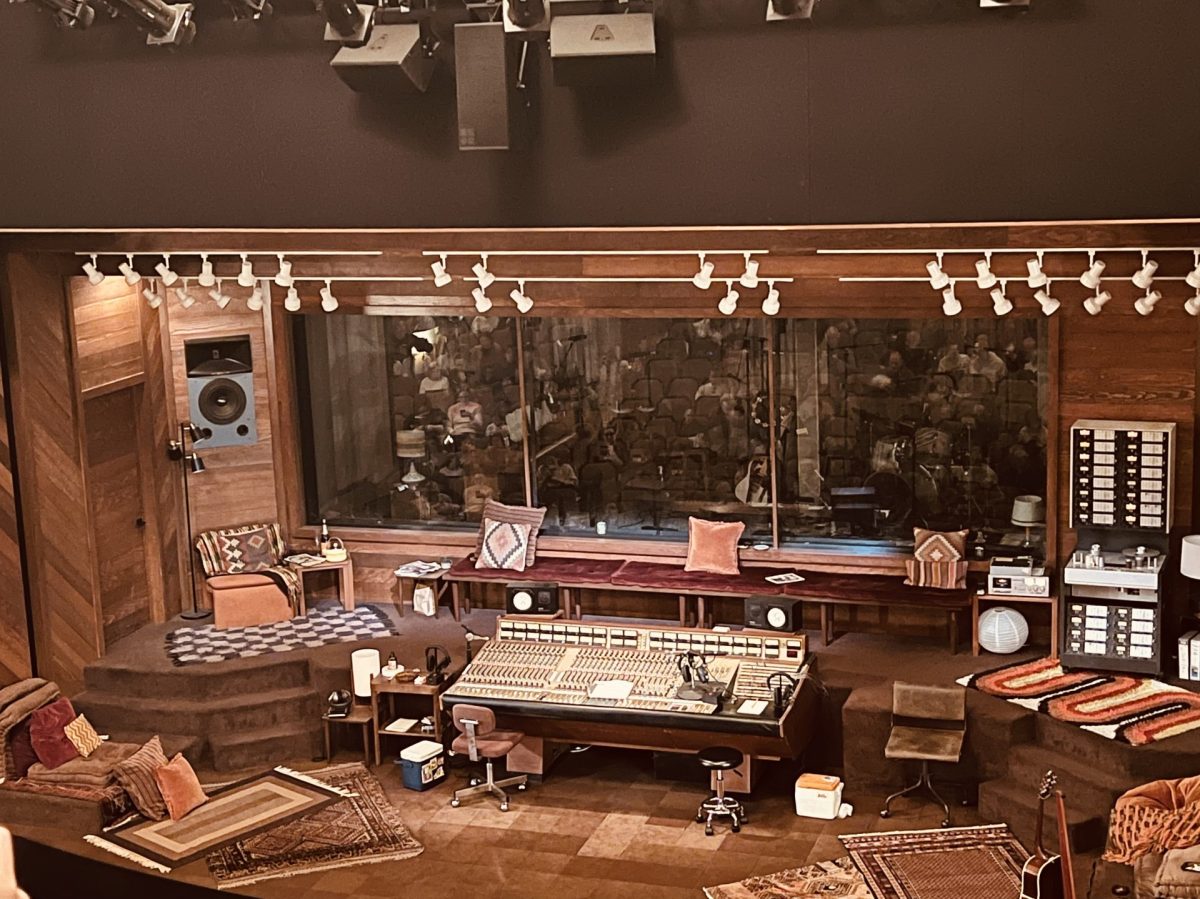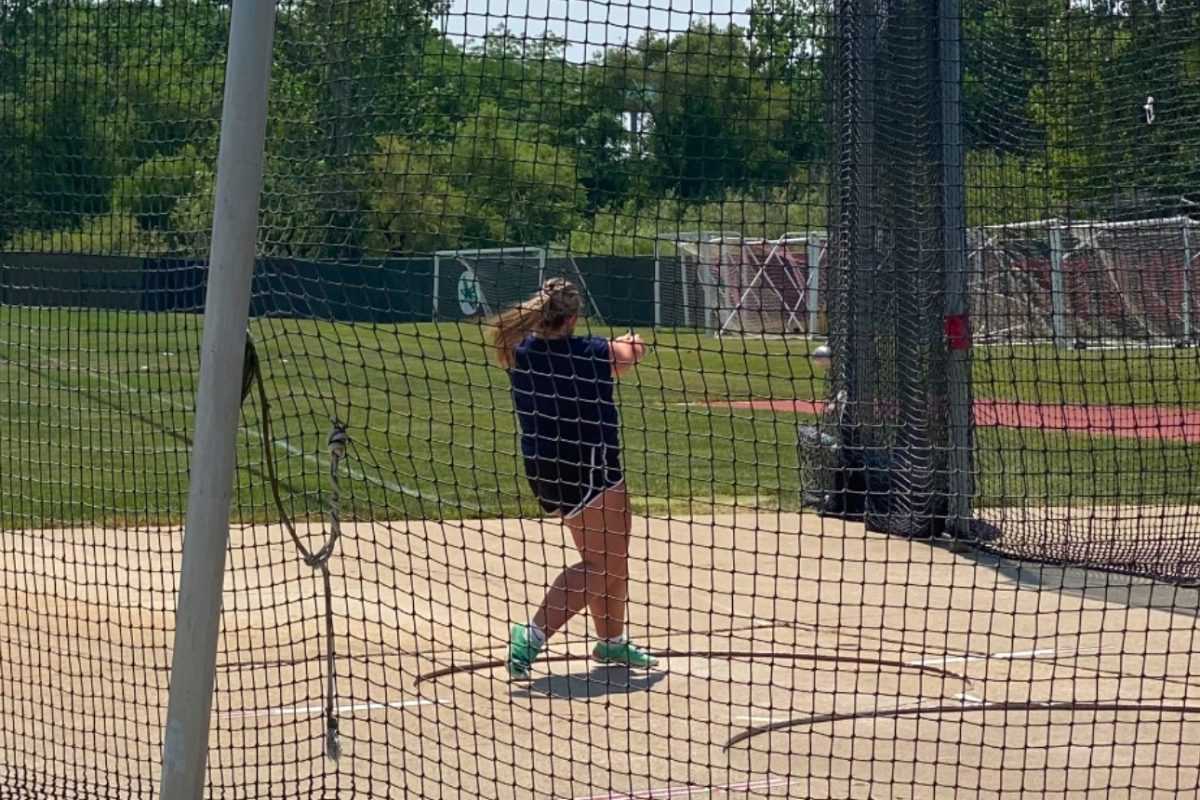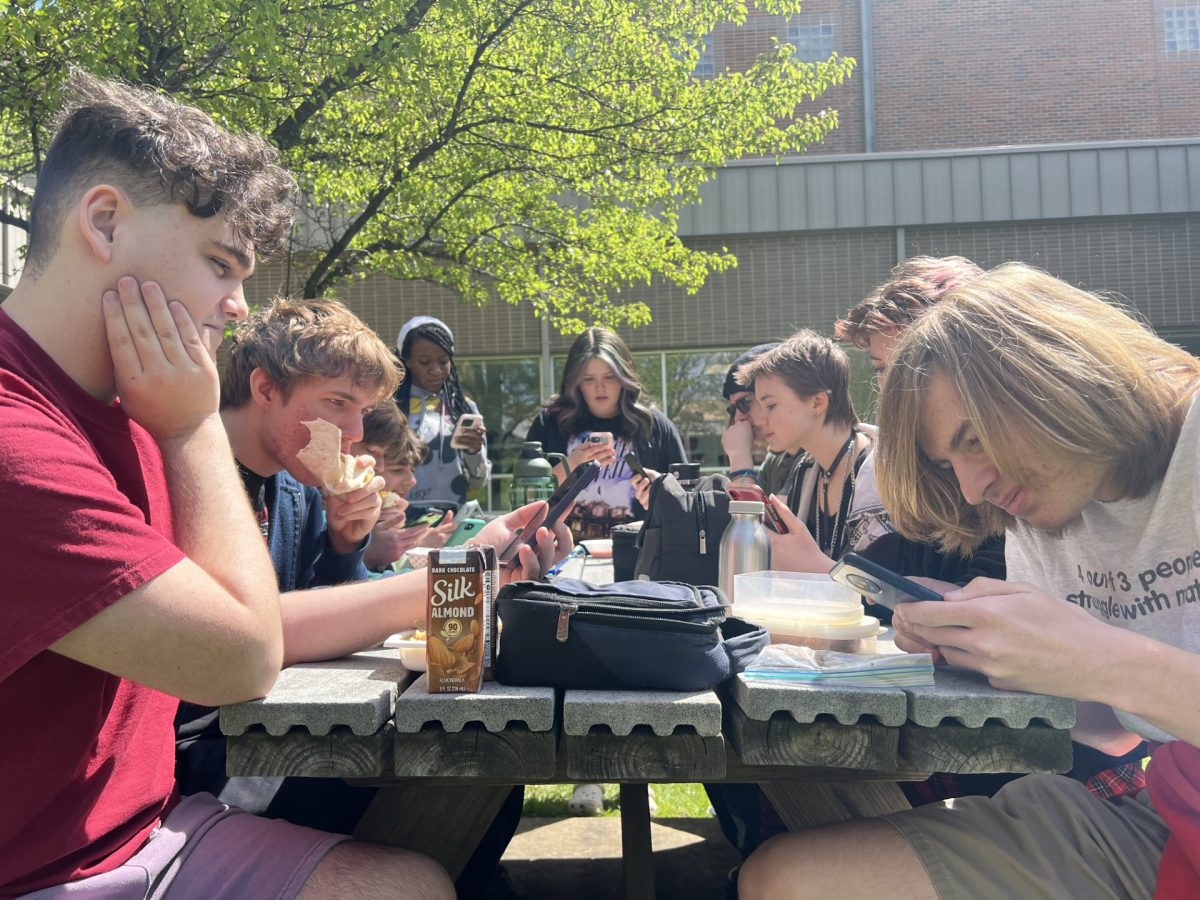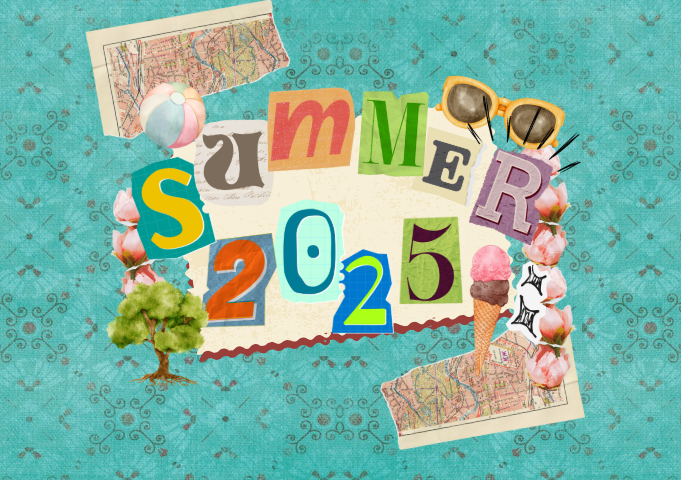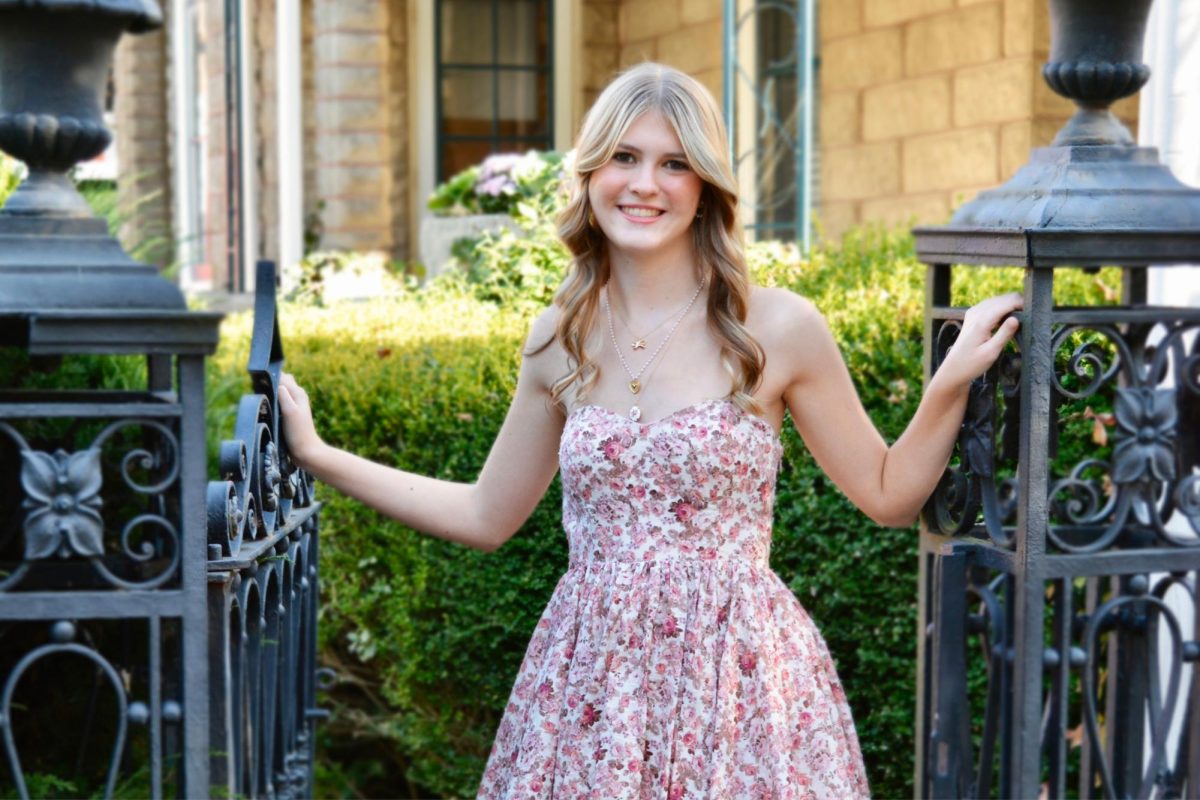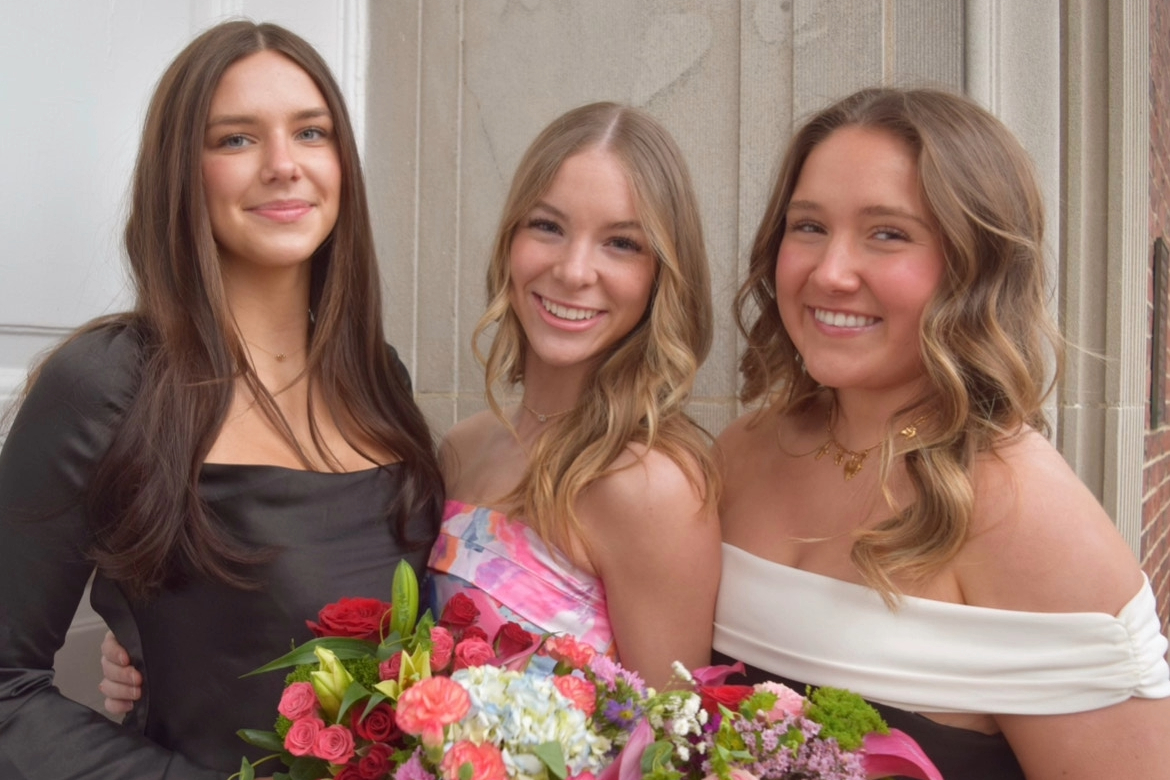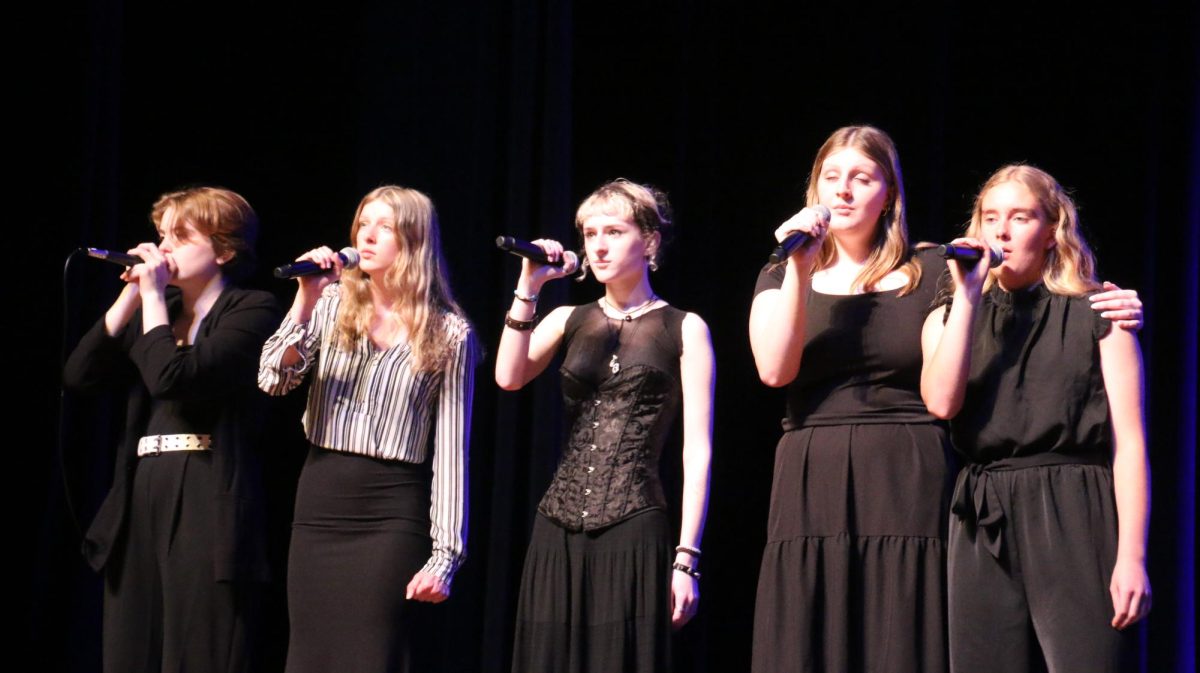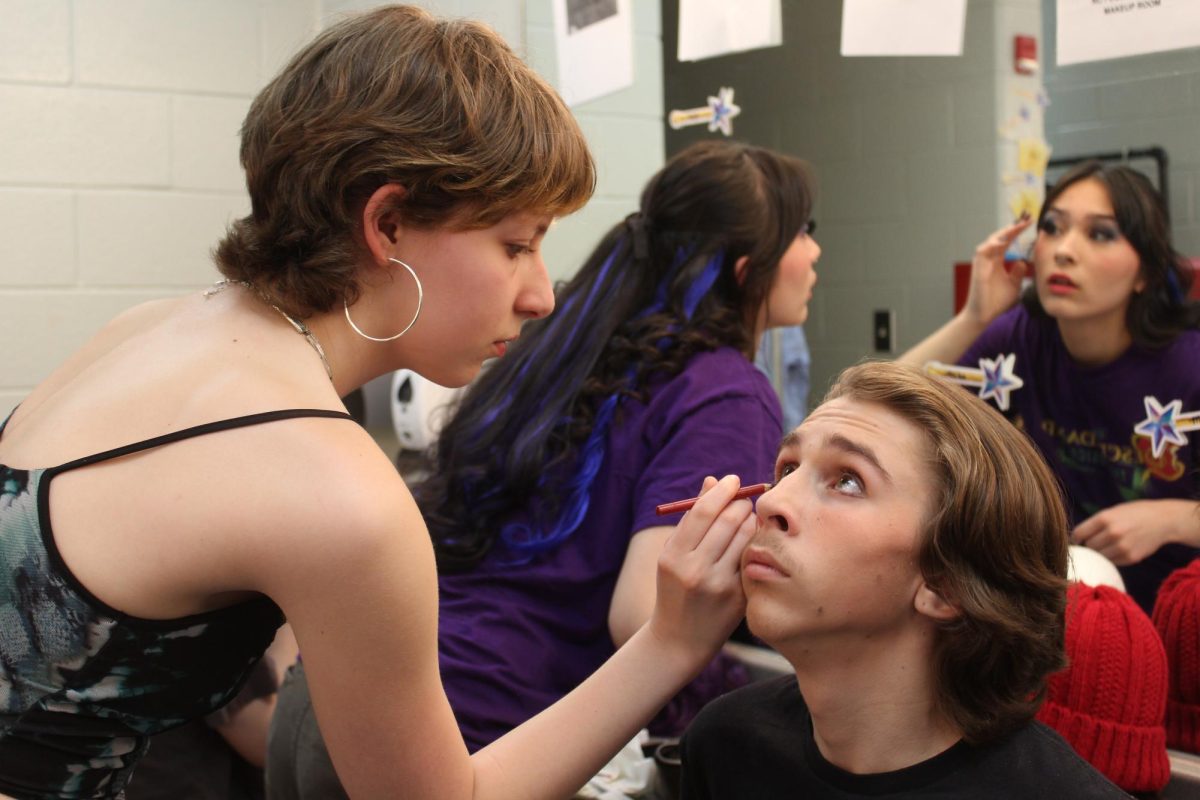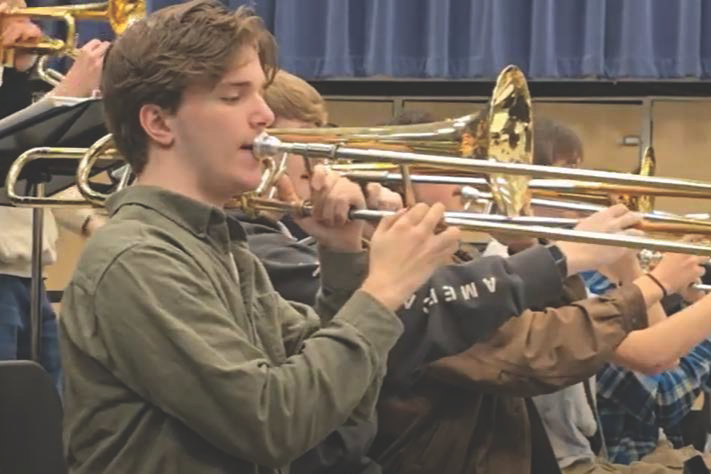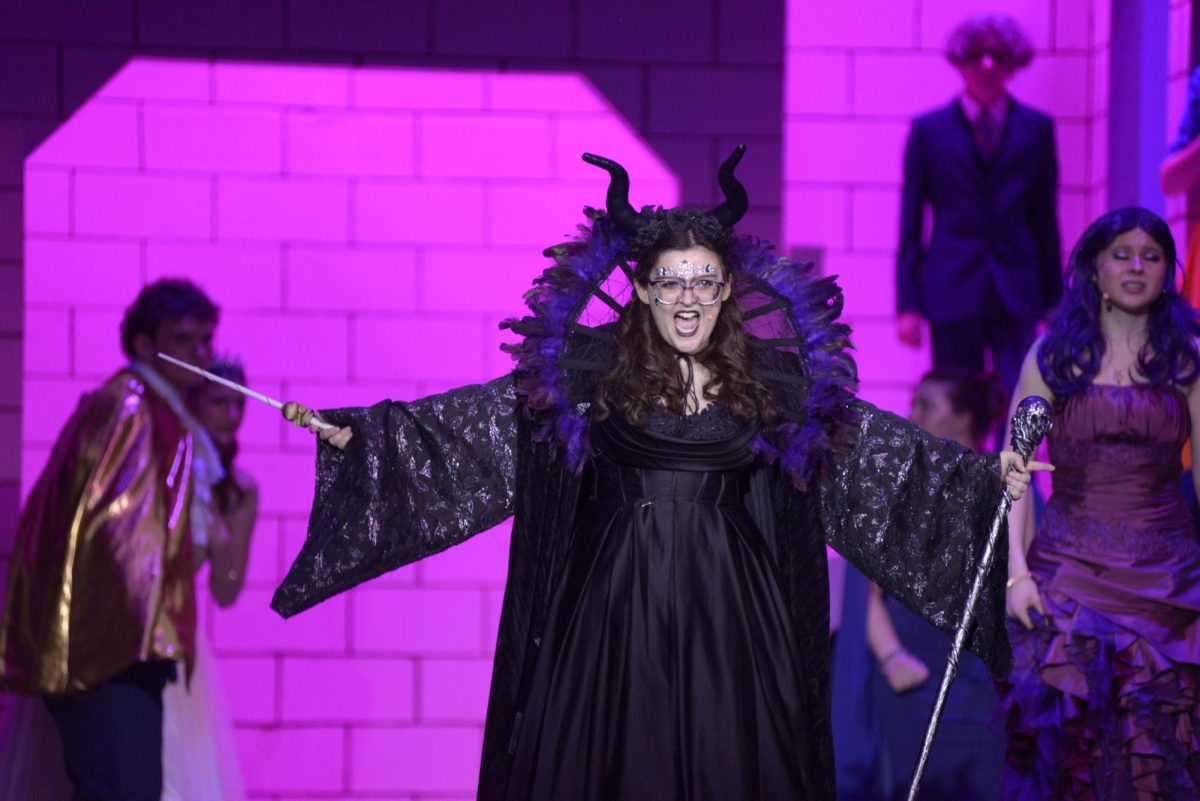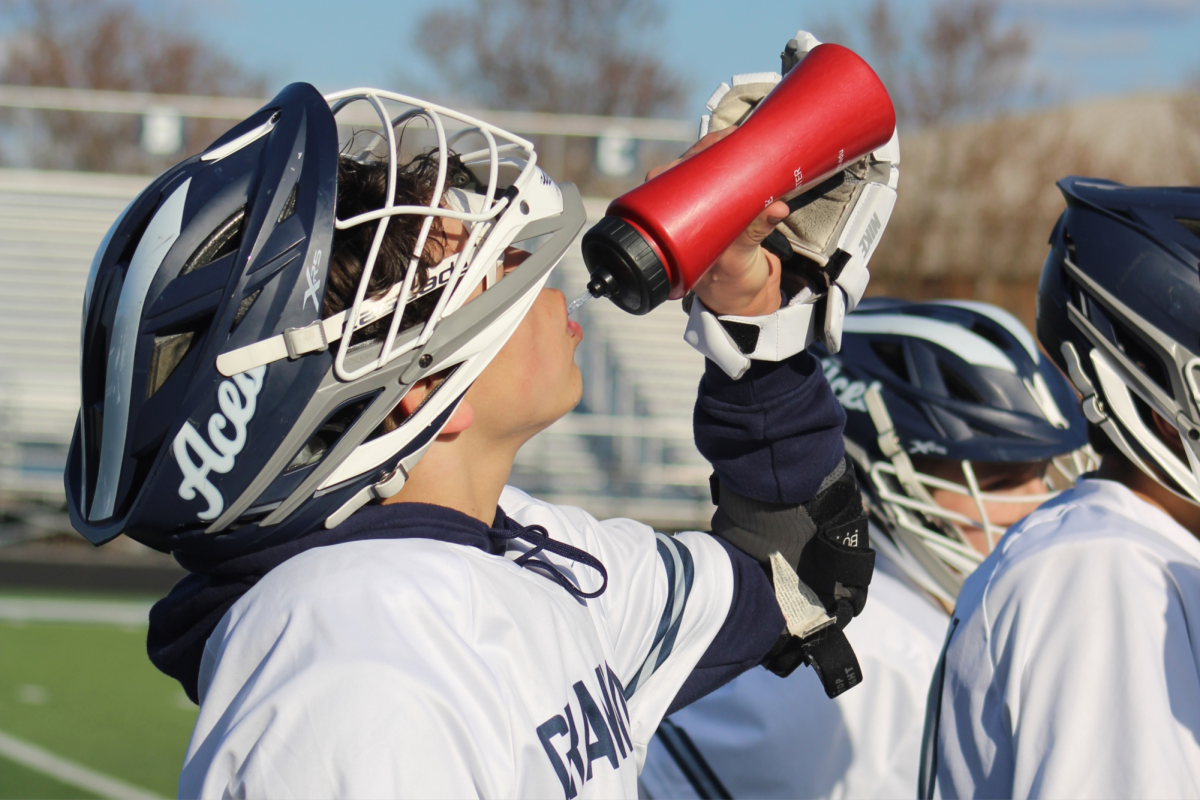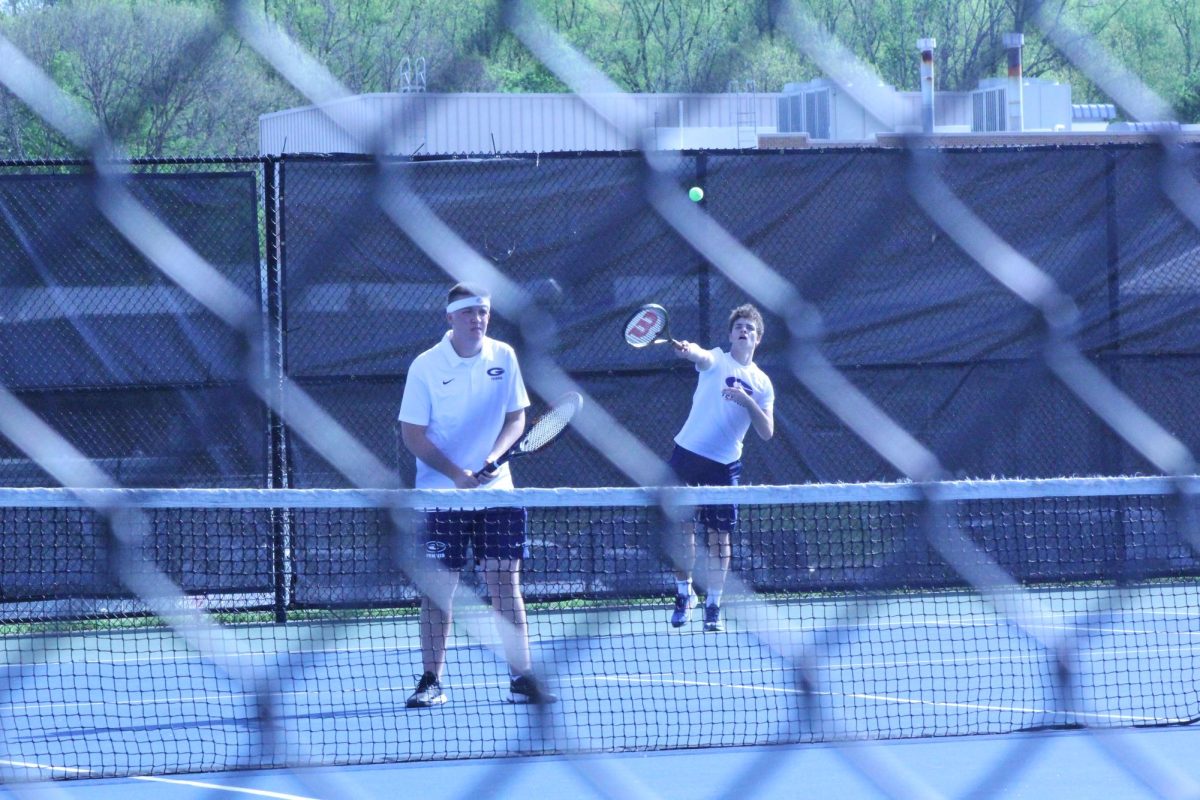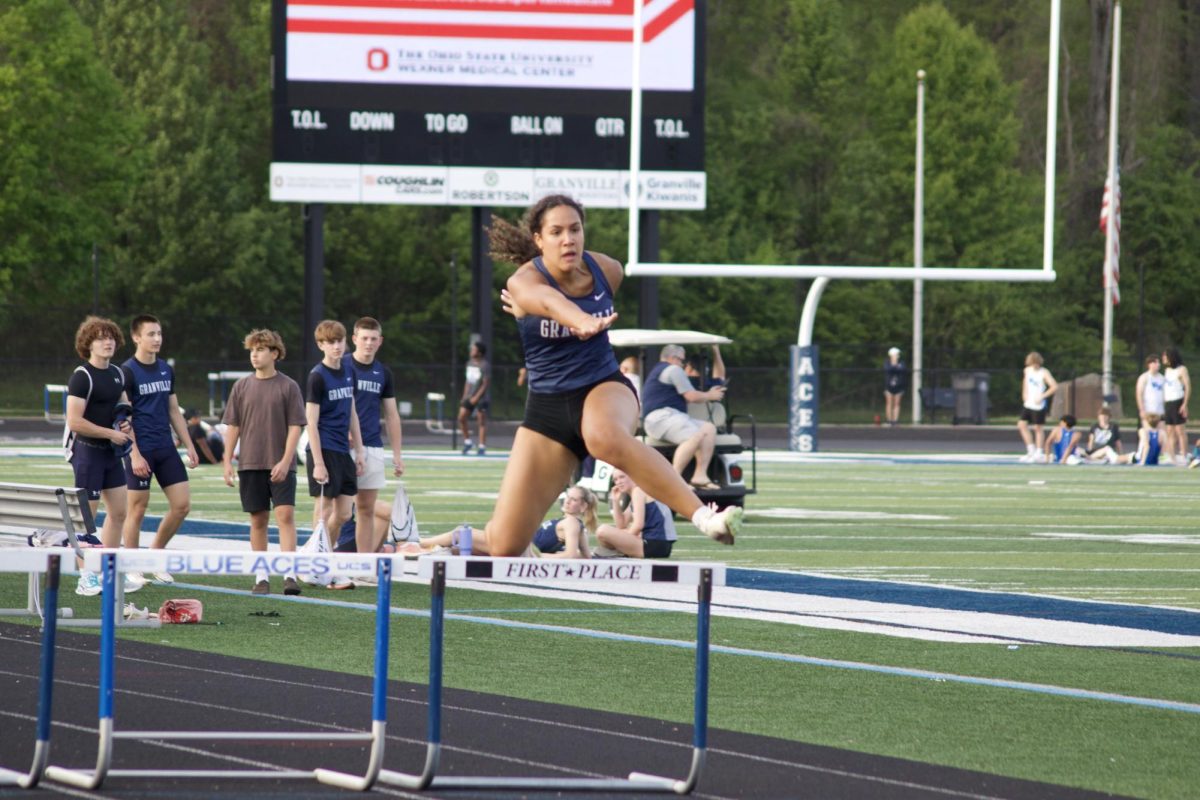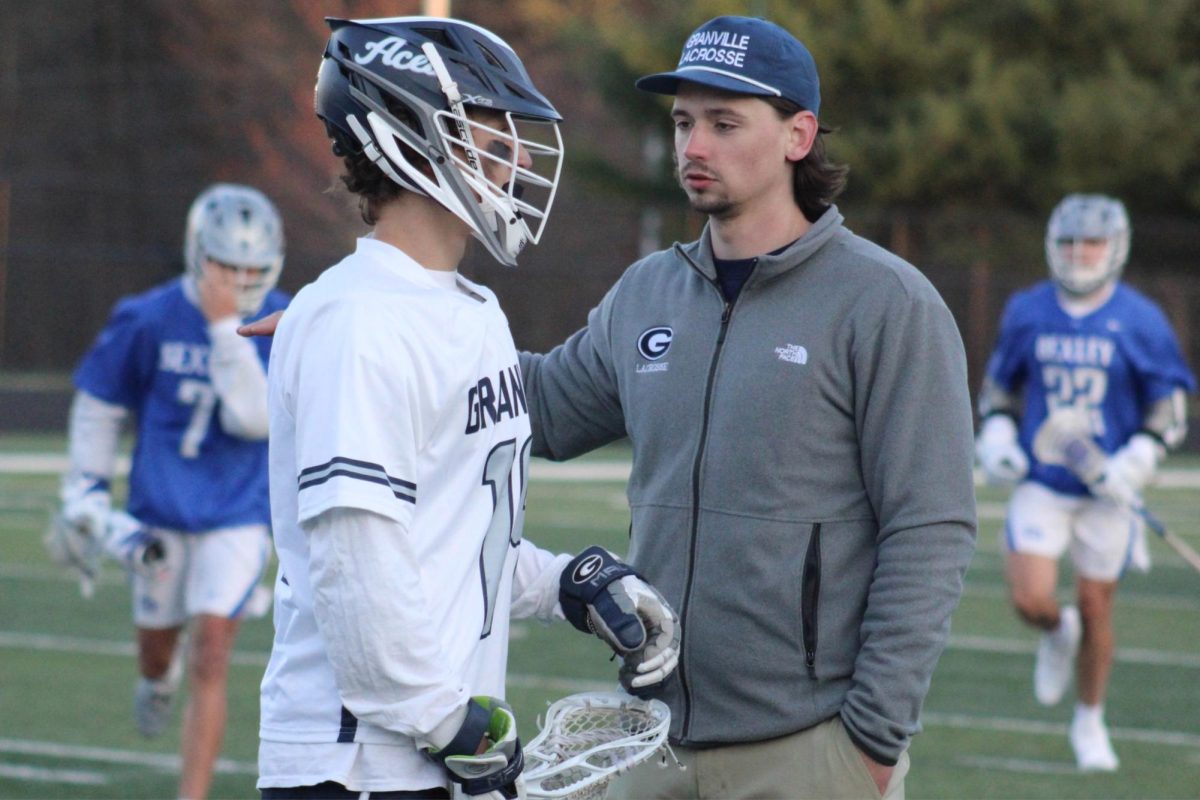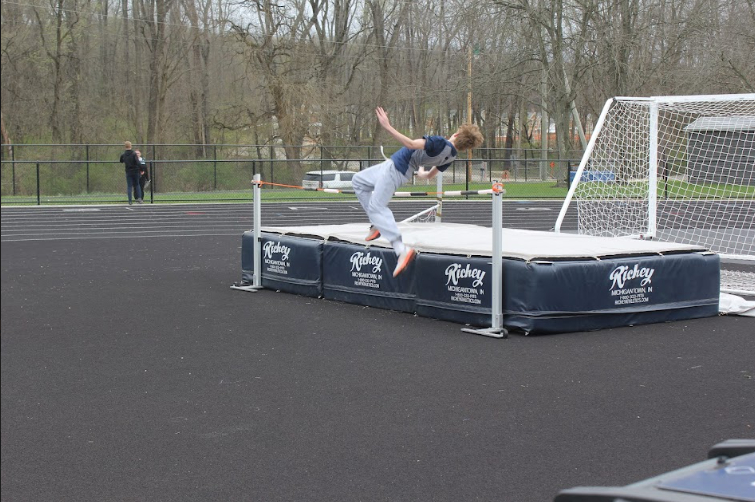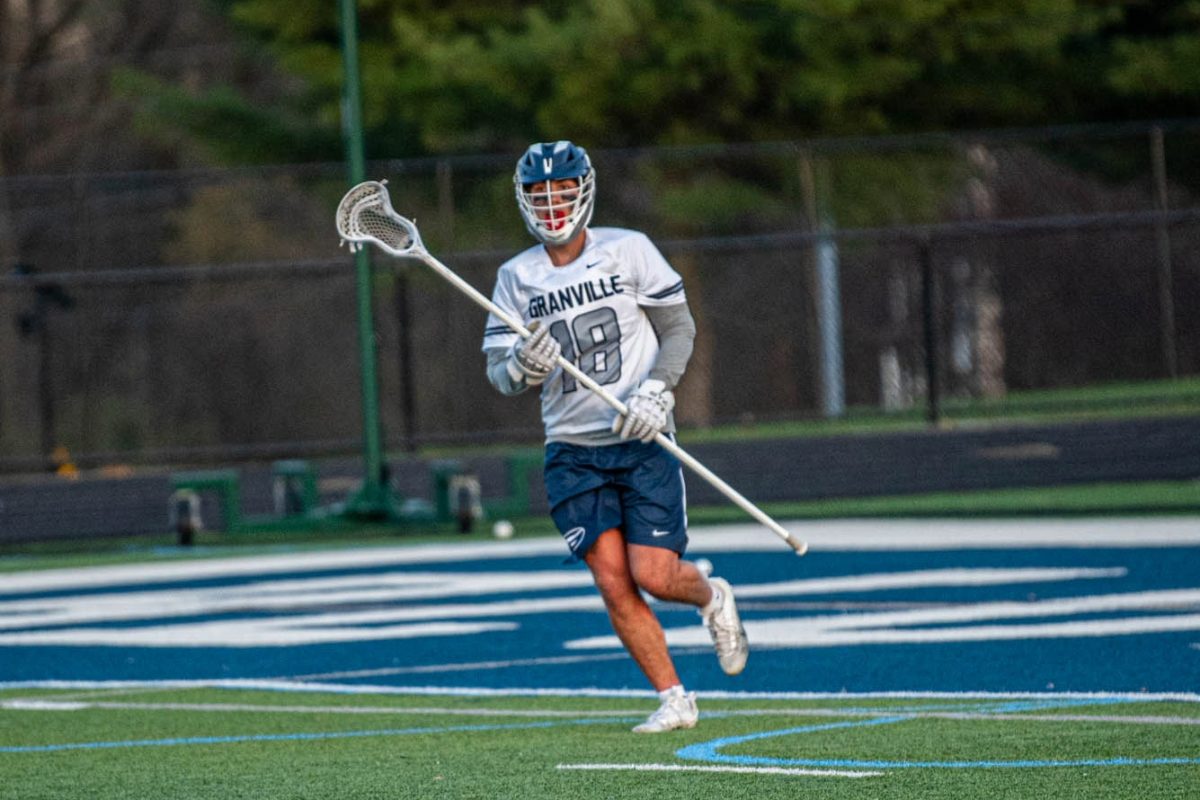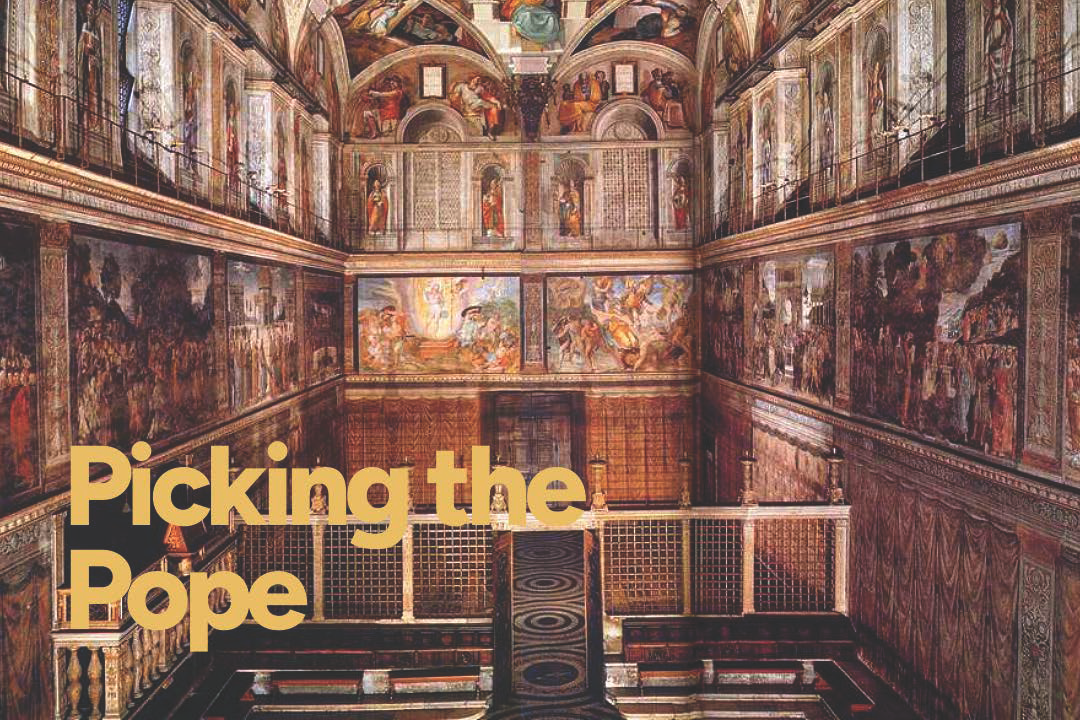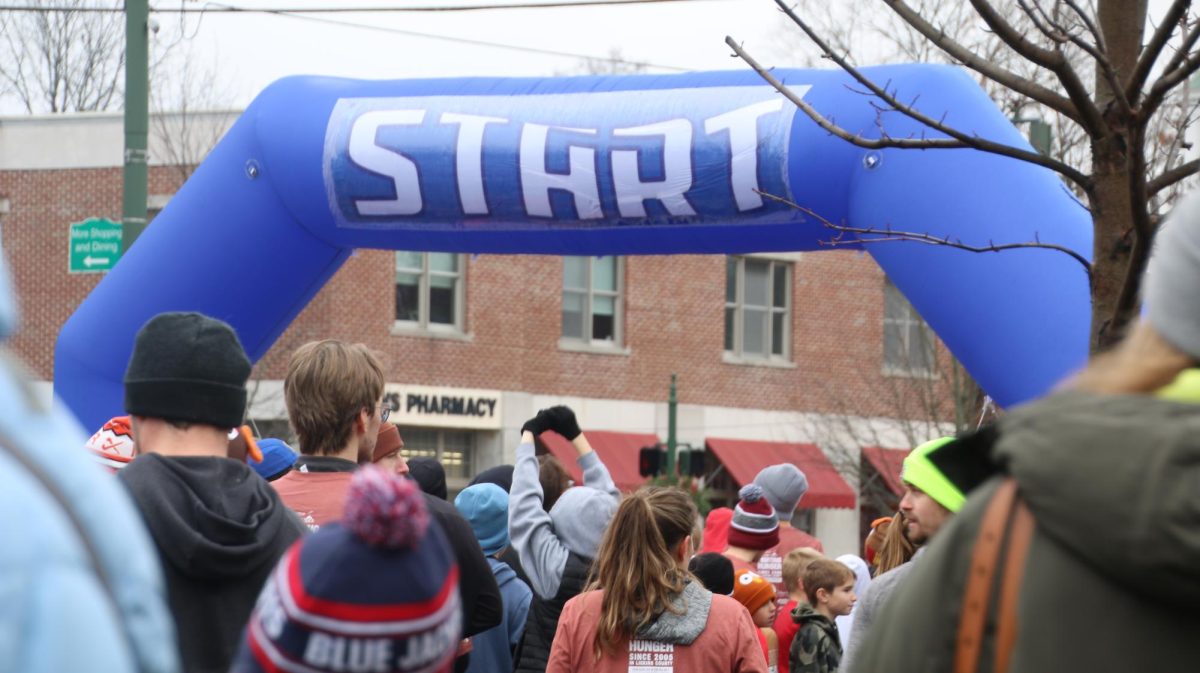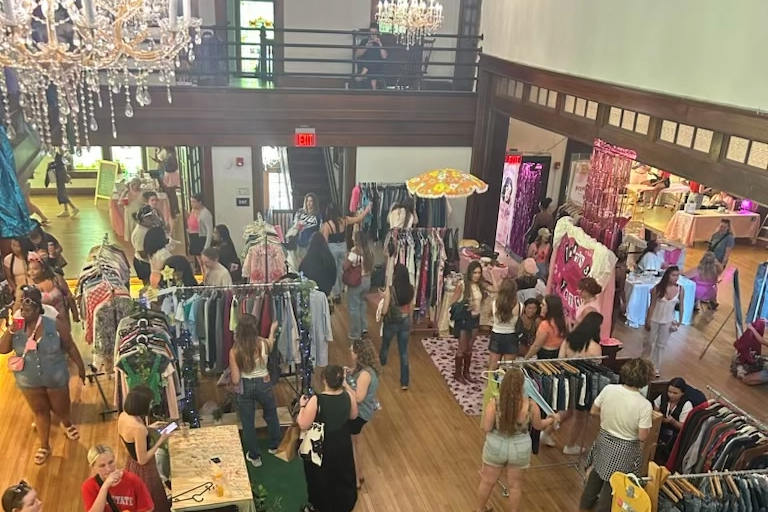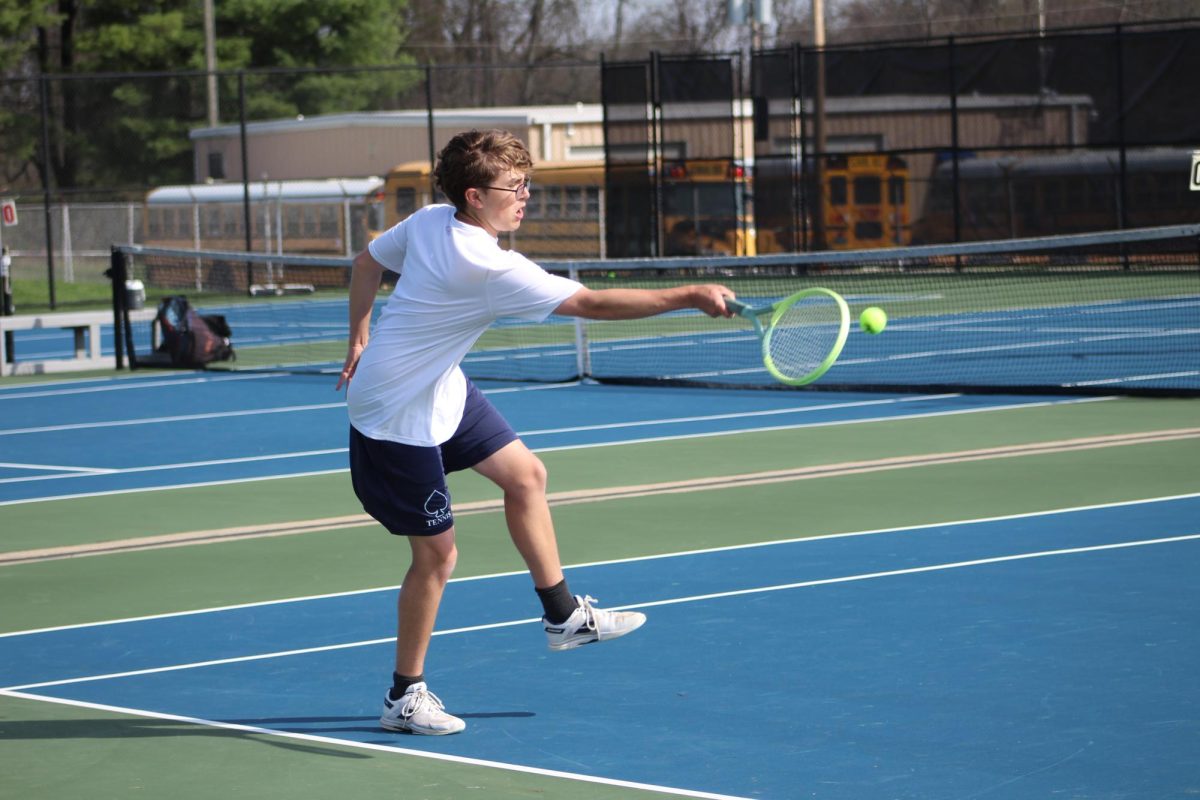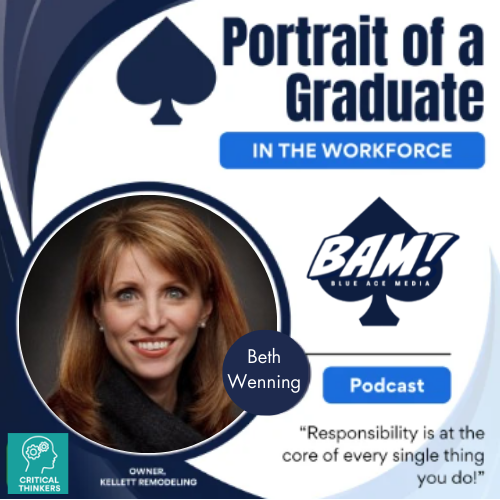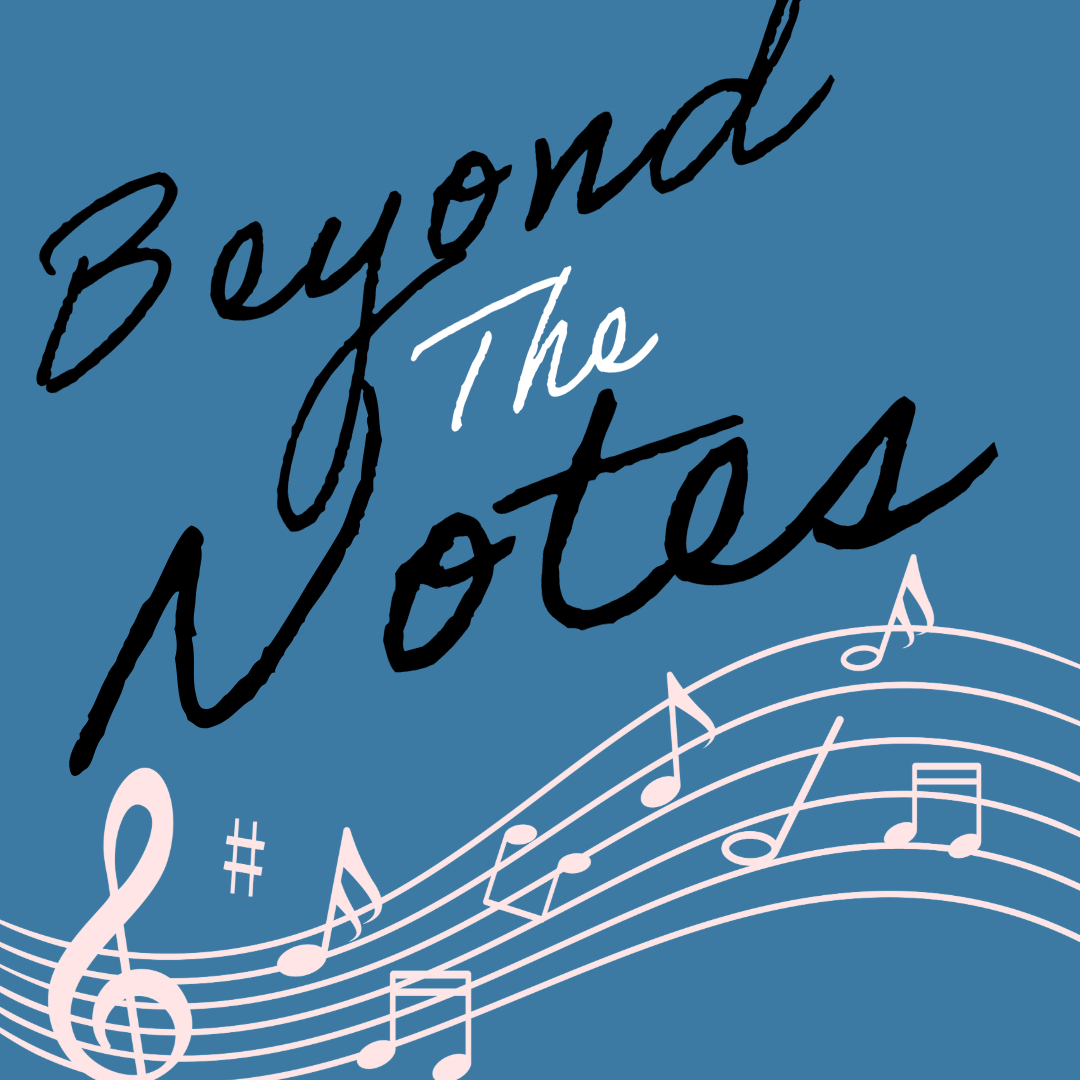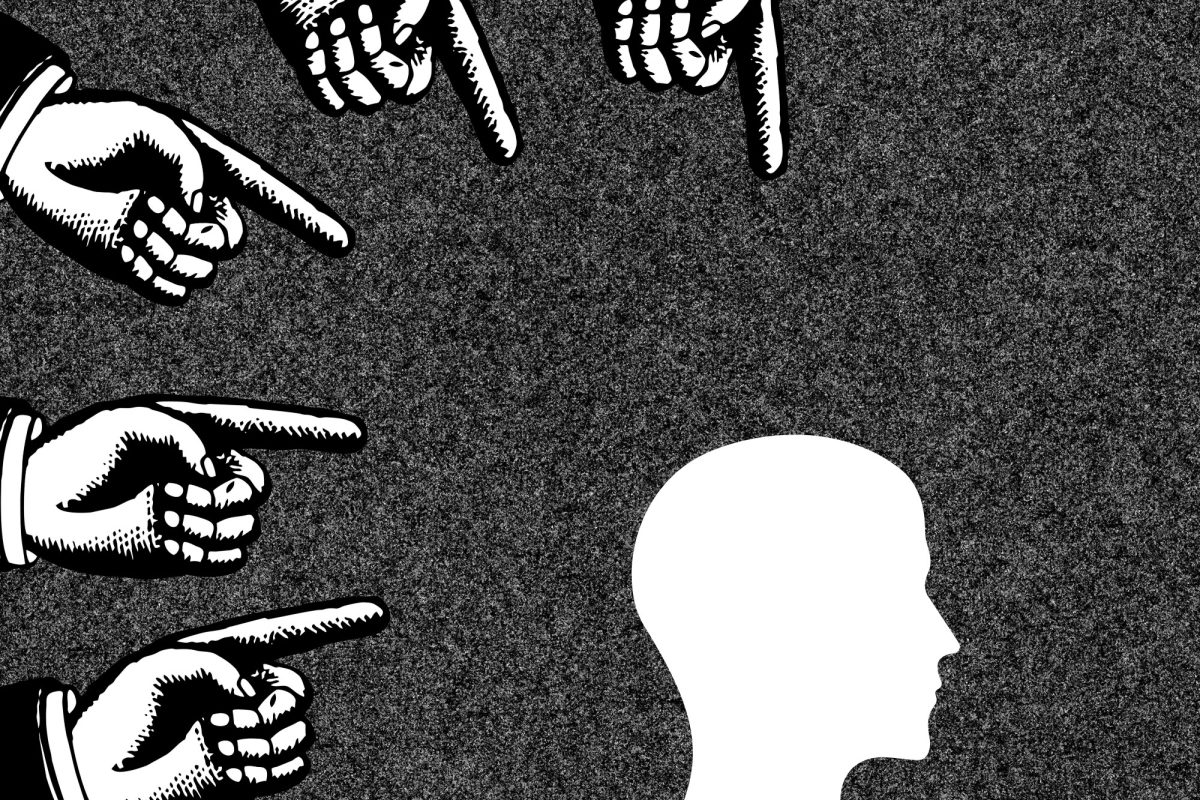$10-30 for tickets. $100 for hair. $200 for a tuxedo rental. $75 for nails. $70 (or more) for dinner. Before you know it, a student can spend a fortune preparing for the Homecoming dance.
School dances have been one of the most valuable times in high school, offering a chance to socialize, celebrate and create memories. However, in recent years, the nature and expectations surrounding these events have evolved, raising concerns that these dances are going to become a problem for the bank.
The biggest reason students are getting caught up in this is the pressure placed on students to overspend and conform to certain standards through social media. Apps like Tiktok, Instagram and Facebook amplify what the “ideal” school dance should look like. With students spending all this money trying to capture the perfect moments to get a few views and imitate what they see on the internet.
This pressure leads to anxiety and feelings of inadequacy among many students who are trying to measure up to the things they are seeing online. The costs of keeping up is making what should be a fun night more stressful for students and their families.
This exclusivity conflicts the very purpose of school events, which should be about inclusion and community. Schools should consider how to make dances more reasonable for all students, rather than reinforcing social hierarchies based on wealth.
Some schools and communities are stepping up to help. Programs like dress swaps, where students can exchange gently used attire, and community fundraisers aimed at subsidizing costs are gaining traction. These initiatives not only alleviate financial strain but also promote inclusivity and school spirit.
We should not be afraid to wear khakis and a decent collared shirt to wear and get sweaty while dancing.
School dances can be fun and exciting while also providing a good way for students to bond and make new friends. There should be focus on inclusiveness and authenticity over appearance and extravagance. By doing so, we can ensure that these traditions remain positive for generations to come.
As Homecoming season ends, we should pause to think about its rising and very extenuating costs. While many students eagerly anticipate the festivities, it’s clear these pressures can kill the excitement. Through community efforts and open dialogue, families, schools and many students can find a balance that preserves the spirit of the event while making it accessible for all.
After all, it’s just a high school dance, not a royal wedding.

